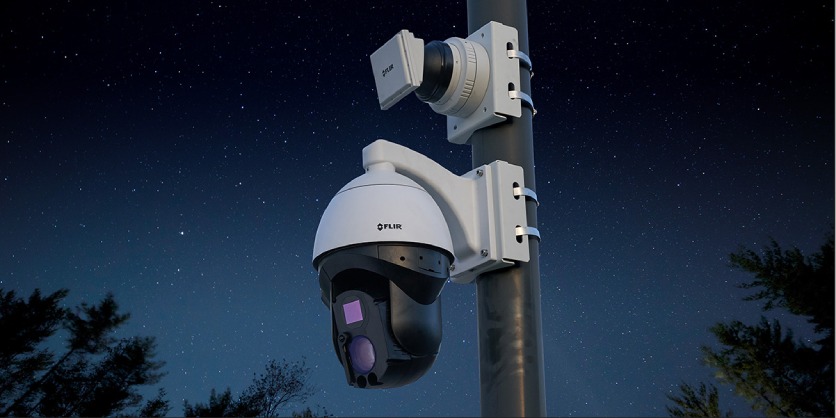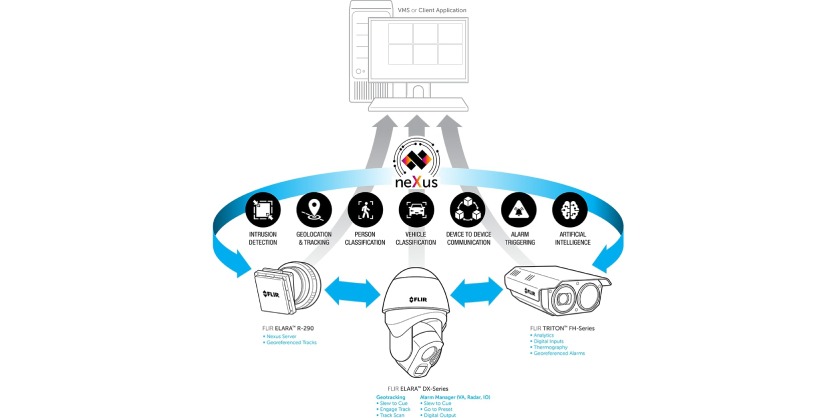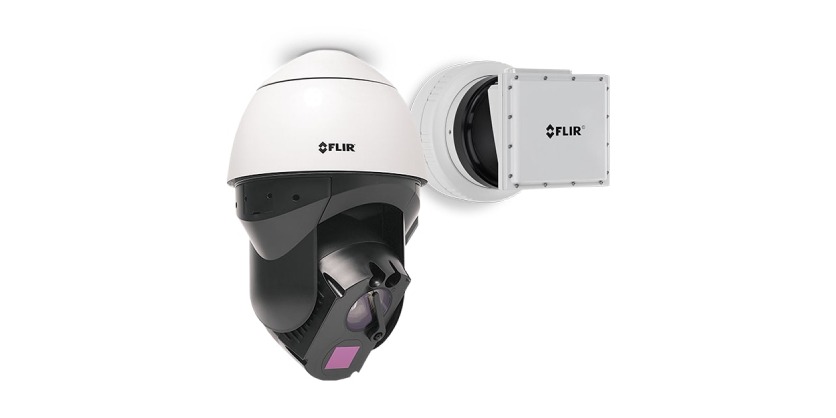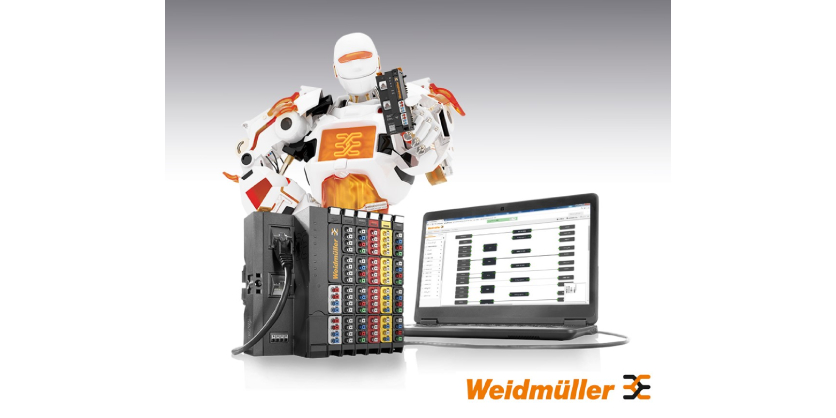What Is FLIR Nexus and Why Is It Important?
May 8, 2025

Situational awareness involves understanding a given circumstance, collecting relevant information, analyzing it, and making informed decisions to address any potential risks.
When applying this to perimeter security, it is common practice to see designs that fortify the perimeter; but once that alarm happens, it is uncommon to have a system that provides the continuous coverage and relevant information operators need to make an informed decision as the potential threat progress.
So, in thinking about a traditional perimeter design, you would expect to see some sort of intrusion detection system encompassing a variety of technologies. Often FLIR works with customers to set up a virtual barrier that includes a combination of thermal and visible cameras coupled with detection analytics. Together these systems can provide accurate information about people or vehicles at the perimeter.
However, it is the action that comes after a perimeter breach that determines how a security team should respond. This is, unfortunately, where we see gaps in security system designs and can ultimately mean the operator does not have total situational awareness.
This is where FLIR Nexus comes in. Nexus is a proprietary communication protocol that helps bridge the gap between devices and systems, ensuring a more complete understanding of the environment outside and inside a security perimeter.
Creating a detection system’s tracking layer and providing complete situational awareness requires a system integrator to coordinate the communication between many different technologies. Without an overarching communication system, this type of coordination can be quite complicated, requiring the integrator to set up a series of rules to first identify the target, classify it as a threat, locate the physical location, and then track the target as it moves. It’s unlikely this potential threat would stay in the field of view of a single sensor, so the integrator would further have to coordinate communications between different sensors to maintain continuity as the target moves.

Often, to execute this level of situational awareness, a customer would need some sort of advanced software that collects the geodata being presented by a variety of different sensors and then coordinate proper handoffs as the target moves.
FLIR Nexus provides customers with the situational awareness needed for exterior spaces by allowing edge devices to communicate in a server/client format without the need of software or server in the middle. There is no need for additional software or servers, reducing the cost of ownership when compared to similar solutions in the market. FLIR Nexus devices also allow for a simplified installation, since all of the edge devices are communicating in real-time and there is nothing to configure at the headend.
When combined with FLIR’s camera analytics for detection, this total security system can identify, locate, and track targets all at the edge. As a potential threat moves through the scene, Nexus-enabled devices communicate the geodata to other Nexus devices and provide seamless handoffs for continuous tracking. This allows an operator to have the relevant information needed to make informed decisions on what is happening, thus providing complete situational awareness. Since all FLIR devices have ONVIF drivers, all of the video information can be recorded to any VMS.
Another advantage of Nexus is it allows customers to extend their coverage over large area using fewer devices. This makes providing complete situational awareness much more affordable.
For example, consider a commercial building parking lot. Trying to cover such a large area often presents many challenges such as low visibility at night and minimal infrastructure. With FLIR’s Nexus sensors we can cover 180 degrees from a building with just three devices. Two flat-panel radars can provide detection for a 180-degree field of a view, and a multi-spectral pan-tilt camera will provide visibility in both day and night. The devices allowing for alarm scheduling and zone configuration, so with three devices we can detect and track any potential threat who is in the area outside the desired hours.

See the FLIR Nexus Bundle and learn how it can improve perimeter security.
Today there is an abundance of options when it comes to analytics. If you want to receive a notification about some sort of detection, there is probably an analytic for that. When it comes to perimeter security, do these analytics help secure your environment, or do they end up creating nuisance alarms which makes the overall solution less effective? Nexus enabled devices from FLIR help customers create a simplified solution at a lower cost while ensuring that the information provided to the operator is not only relevant but accurate.
More Information
Related Story
The Wild and Wonderful of Thermal by FLIR – How Thermal Imaging is Augmenting More Than Just Cameras
Teledyne FLIR OEM launched their Thermal by FLIR about six years ago, to expand support for original equipment manufacturers (OEMs) who integrate FLIR thermal camera technology into their products. Since then, these collaborations have taken thermal into completely new spaces. Mike Walters, Vice President of Emerging Product Management at FLIR says, “It feels like we are just at the beginning and there is this exciting whole new world of applications. Our customers frequently amaze us at how they want to apply Thermal.”





